The cabinet will meet this afternoon, with more restrictions and even a new lockdown on the agenda. But have ministers been given the information they need to make an informed decision? There are rumours of briefing documents being sent around over the weekend with a pro-lockdown bias (i.e., heavy on the worst-case scenarios and not much said about potential side-effects). But the Times today reports that this time around the cabinet wants a full discussion — with at least ten ministers demanding a better quality of briefing before decisions are made that affect the lives of millions. The below is a list of questions that ministers need answered:
1. What is Sage’s central scenario for Omicron — and what assumptions lie behind it?
The Sage documents from the weekend offer a staggeringly wide range of outcomes over different restriction scenarios: 600-6,000 deaths a day, for example, if Plan B continues throughout the winter. (and between 200-2,000 deaths a day if we go back to restricting who can and cannot sit on a park bench together). This is so wide-ranging that it’s meaningless unless probability is attached to the figures.
Interestingly, this time around Sage hasn’t attached probability to its estimates — or given a central scenario for what they think is most likely to happen — with none of the usual graphs included. Ministers should be asking now what the probability is attached to the most recent data drop and the assumptions behind it. Without this key information, worst-case scenarios get treated as likely probable outcomes.
2. Has Sage factored the hypothesis that Omicron is milder, as the South African data suggests?
Last weekend gave a red flag to ministers: the London School of Hygiene & Tropical Medicine (LSHTM) released an ‘optimistic’ and ‘pessimistic’ scenario, both of which took the pessimistic assumption that Omicron is as severe as Delta. In a note to clients, JP Morgan spotted the big flaw: ‘Evidence from South Africa suggests that Omicron infections are milder,’ it said. Adjust for this and Covid hospital numbers end up just a third of January peak. So this Omicron wave ‘would be manageable without further restrictions’.
Such a scenario looks increasingly plausible. Data from South Africa’s Gauteng province suggests Omicron is now in decline (squashing the theory that Omicron ‘doubles’ every few days without fail) and its hospitals are nowhere near being as busy as they were during previous waves. How sure are we that this could not be true for Britain, too? New data from Denmark, out yesterday, shows the hospitalisation rate for patients with Omicron is 60 per cent lower than it has been with other variants. Might waiting a few more days for UK data (Omicron hospital figures should be published this week) help make a better decision?
At the very least, this emerging, real-world data could be factored into at least one scenario to be presented to ministers, who may be asked to restrict people’s lives once again.
Despite Professor Chris Whitty relying heavily on data from South Africa a couple of weeks ago to usher in Plan B restrictions (the comparisons made at the time didn’t totally add up), focus on real-world data from South Africa seems to have faded to the background, just as the data is starting to tell a more positive story.
3. Who is modelling the economic and social effects of more restrictions?
‘Presumably others are modelling the harms caused by restrictions, including economic harms,’ says Professor Graham Medley, chairman of the Sage modelling committee. A good point. Who is doing this work? This is a question of basic government competence.
When it comes to lockdown and restrictions, there are always painful trade-offs. Businesses folding, school hours lost, missed milestone celebrations, etc. Throughout the pandemic, the impact of restriction — especially to the economy and schooling — has often been an afterthought in policymaking, if the effects have been modelled at all.
When estimates are made, the results are staggering: in April this year, it was estimated that 20,000 children had gone missing from the school roll altogether. In the autumn it was leaked that Plan B, if implemented and extended until March 2022, could cost the economy £800 million a week.
In an important lecture at the Institute for Fiscal Studies last year, the former cabinet secretary Sir Gus O’Donnell made this crucial point:
All the attention was focussed on Sage as a group of scientists providing expert advice to allow ministers to say they were ‘following the science’… I hope we discover that there was a higher committee that gratefully received Sage’s work and then brought it together with the economic and social estimates to allow for sensible decision-making.
This is why today’s cabinet meeting matters. If there is no such committee, then the cabinet is the only forum to sense-check the Sage estimates and to demand a wider impact assessment. Or point out that, until a full impact report is commissioned, ‘sensible decision-making’ will not be possible.
4. Is this the start of permanent winter lockdowns?
Despite understandable emphasis on the unvaccinated heading into the winter months, Britain is a success story when it comes to vaccination. Around 90 per cent of over-12s are jabbed, with 95 per cent of adults estimated to have antibodies (97 per cent for the over-70s). Some 49 per cent are now boosted, with 900,000 jabs being distributed yesterday alone. Throughout the vaccine rollout, this was sold to the public as a way of avoiding future lockdowns. Are we so sure that it is time to abandon this logic?
It’s certainly starting to wobble: a country with excellent, voluntary vaccine take-up is at risk of being locked down once more, mainly due to issues of NHS capacity. Let’s remember that this problem comes around every year, long before Covid hit.
The difference now is, one, mass testing gives us the tech to track pathogens in real-time and, two, we have a new lever we can pull when things get dicey: lockdown. These two factors will be with us every winter from now on. What to do with them? No doubt, things will look dicey next year too, and for many years to come. Is the cabinet ready for the possible implications that another lockdown — or a harsh set of restrictions — might set for the winters to come?
5. What is the exit strategy for any new restrictions?
If the pro-lockdown faction inside cabinet carries the day — on assumptions about Omicron’s severity that soon turn out to be wrong — how quickly can new restrictions be dropped? Those urging caution want a few more days for the UK picture to be clear and for the mildness hypothesis to be explored. Britain, like Denmark, may soon find that Omicron is far milder than expected. The ‘road map’ out of lockdown turned out to be a massive extension to lockdown taking us up to July. How to make sure this does not happen again?
This all goes back to Professor Medley’s excellent point: Sage just looks at Covid. It’s one aspect of a massive picture. There needs to be a higher committee that looks at the whole country. Under the UK system of government, the cabinet is that committee. Let’s hope for a full and frank discussion later today, with as much of the evidence as possible shared with the public.
Every day, The Spectator sends out an email summary of the Covid-19 news, science and data. Sign up for free here.
Got something to add? Join the discussion and comment below.
Get 10 issues for just $10
Subscribe to The Spectator Australia today for the next 10 magazine issues, plus full online access, for just $10.


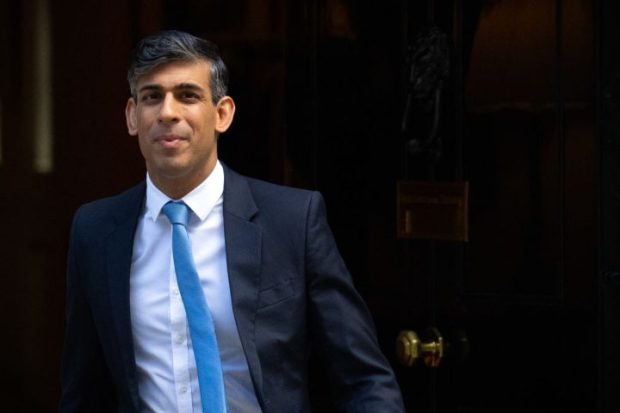
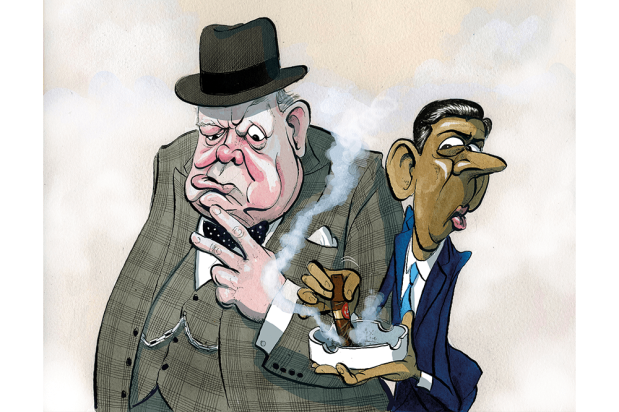
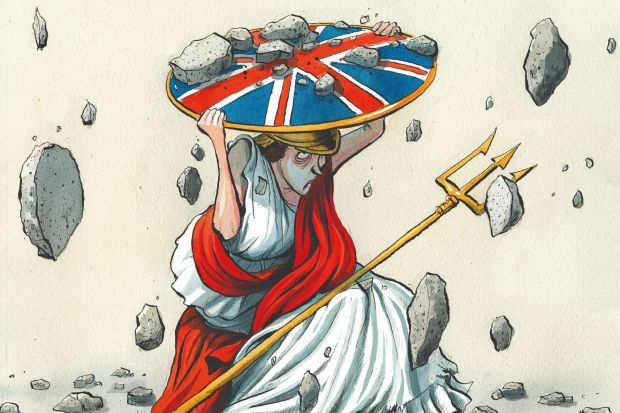
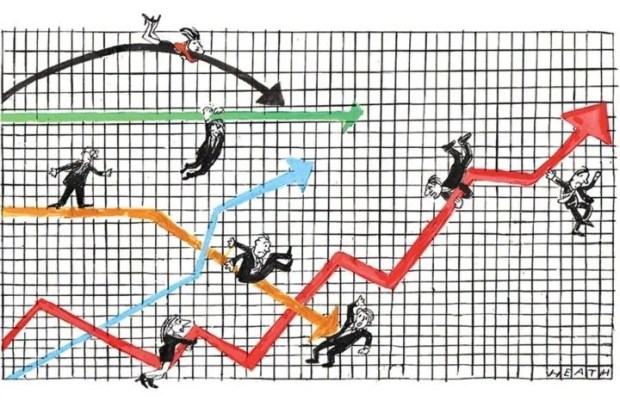
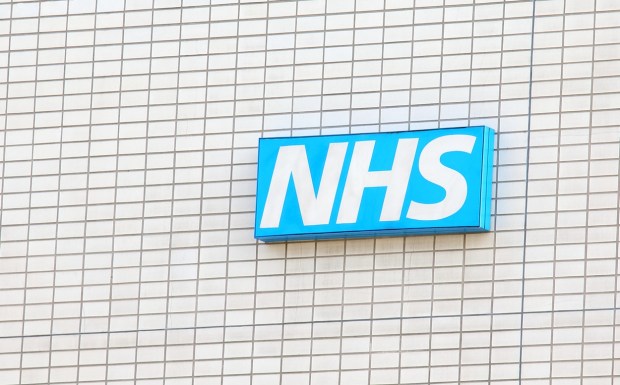













Comments
Don't miss out
Join the conversation with other Spectator Australia readers. Subscribe to leave a comment.
SUBSCRIBEAlready a subscriber? Log in